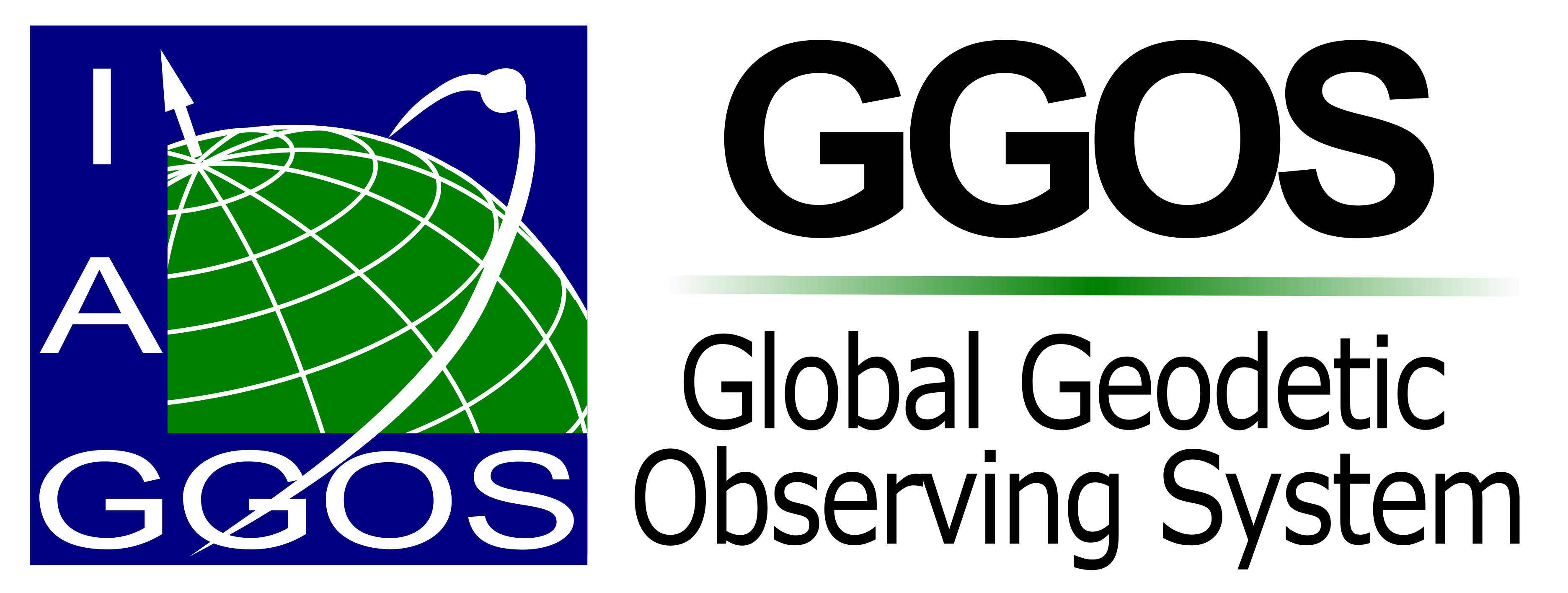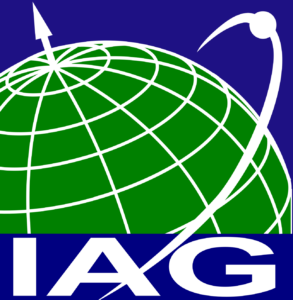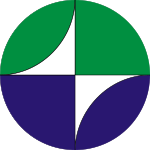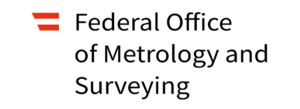BNO C2: GGOS Committee on
Data and Information Systems
Chair: Roger Fraser
Vice-Chair:
Background
The GGOS Committee on Data and Information Systems (C-DIS) is driven by the need to enhance the accessibility and interoperability of geodetic data and information for a range of geodetic observing techniques, including GNSS, VLBI, SLR, DORIS, Gravity and Tide Gauges. As the profile and relevance of geodesy is raised through forums, such as the United Nations Global Geodetic Centre of Excellence (UN-GGCE), the need for the community to build robust and integrated data management frameworks grows.
By addressing the challenges of data fragmentation, inconsistent standards, and limited interoperability, the Committee aims to foster a more cohesive and efficient geodetic data ecosystem. This will not only support the current scientific and operational needs, but pave the way for future enhancements in geodesy and positioning technologies.
Purpose and Scope
The purpose of the Committee on Data and Information Systems is to support the development and implementation of geodetic data and metadata standards to support all geodetic observation techniques and the widest possible use cases for geodesy and positioning.
The scope of the Committee aligns with supporting standardisation, integration and optimisation activities listed in the GGOS Implementation Plan – Phase 2024-2027, in particular those related to Goal 4, which can be broadly described as:
- Support the Coordinating Office (CO) in identifying the most appropriate format for publishing geodetic metadata standards
- Support the CO in the establishment of a GGOS portal and web presence and geodetic metadata discovery
- Promote FAIR, TRUST and CARE practices and communicate their benefits
- Support the CO in developing metadata recommendations for geodetic data to support IAG services
What is GeodesyML?
The Geodesy Markup Language (GeodesyML) is a standard way of describing (encoding) and sharing geodetic data and metadata. In the same way people from all over the world speak different languages, so do geodesists. For example, some people use the term ‘GNSS station’ and others use the term ‘GNSS site’. GeodesyML is a common language. By mapping your database to GeodesyML, when your data is shared with others, it is easy for the user to discover and combine with other data.
Why does the geodetic community need GeodesyML?
The geodetic community is frequently called upon to provide data, products and services to support a broad spectrum of government, industry, science and societal applications. Coupled with this is the ubiquitous uptake across society of accurate and reliable Positioning, Navigation and Timing (PNT) information. In order to service these user demands in a robust way, geodetic data and the associated metadata need to be Findable, Accessible, Interoperable and Reusable (FAIR). The continual increase in the volume and complexity of data means we also need to generate, transfer and use data and metadata via a machine readable form. In order to achieve these stated goals it is clear that the time has come to develop a Machine Language (ML) standard for geodesy.
Is GeodesyML aligned with international standards?
Yes. Recognising that despite the huge impact of geodesy on society, geodetic data is a small subset of spatial data, and an even smaller subset of Earth observation data. The developers have therefore aligned GeodesyML to existing international standards (i.e. ISO and OGC) so that data and metadata from the geodetic community aligns closely with existing initiatives in these larger communities.
For more information on this topic, please see the blog post International Standards and GeodesyML
What types of data and metadata does GeodesyML deal with?
GeodesyML currently handles GNSS and terrestrial geodetic data and metadata relating to equipment, site logs, measurement, adjustment, quality, monuments, reference frames and data lineage. Although GeodesyML is limited to GNSS data and metadata at this time, development is currently underway to incorporate data and metadata for all geodetic observing techniques.
2024 – 2028 Work plan:
Over the period 20-24-2028, the Committee will focus on the following priorities:
- Lead the development of a standardised metadata schema that incorporates all geodetic infrastructure
- Promote the adoption of the standardised metadata schema across the GGOS and geoscience communities
1. Lead the development of a standardised metadata schema
Milestone
Several groups have (independently) progressed projects aimed at improving the FAIRness of GNSS data (e.g. ROB, NASA, GFZ, and GA). To maximise the impact of metadata FAIRness, the outputs from these projects need to be aggregated and harmonised. The metadata schema also needs to be expanded to incorporate the other (non-GNSS) geodetic observation techniques. Moreover, given worldwide trends towards adopting file encoding specifications that support the widest possible range of use cases, mobile and desktop apps, and Web service protocols, it is timely to evaluate the most appropriate and lasting encoding specification.
The development and adoption of (1) a harmonised FAIR metadata schema that (2) supports data and metadata for all geodetic observing techniques and (3) is encoded in a more widely supported encoding specification (e.g. JSON-LD) is a key step towards maximising the use and unlocking the value of geodetic data.
Outputs
- A harmonised FAIR metadata schema
- Metadata for all geodetic observing techniques
- JSON-LD geodetic metadata encoding specification that is suitable for promotion to ISO/TC 211 19100
2. Promote the adoption of the standardised metadata schema
Milestone
To maximise the adoption of a harmonised FAIR metadata standard, the encoding specification should be promoted as widely as possible. Furthermore, adoption and implementation by global geodetic data centres, government and private geodetic agencies, and commercial and open-source software applications, needs to be encouraged.
An important motivating step to achieving global adoption and implementation is to promote the metadata standard to ISO.
Outputs
- The harmonised schema is promoted to ISO/TC 211 19100 as an official standard
- Geodetic data centres are supported with capabilities to exchange data using the standard
- Software vendors made aware of the standard




